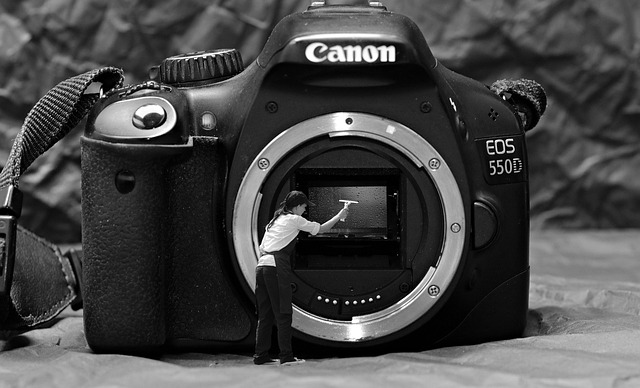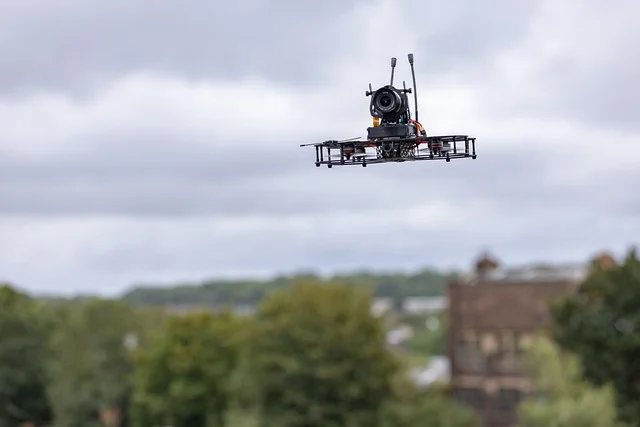Visible Imaging Sensors In the realm of modern healthcare, the marriage of technology and medicine is nothing short of revolutionary. Among the myriad advancements, stand out as a transformative tool in the hands of medical professionals. Leveraging the power of visible light,
Table of contents
The Essence of Visible Imaging Sensors
harness light to capture images of biological tissues, organs, and structures within the body. Unlike other imaging modalities like X-rays or MRIs, which utilize different forms of energy, visible imaging relies on the spectrum of light visible to the human eye. This characteristic makes it non-invasive and safe for routine clinical use.
Applications in Medical Imaging Visible imaging sensors :
Diagnostic Imaging:
In diagnostics, visible imaging play a pivotal role in procedures like endoscopy, colonoscopy, and laparoscopy. These sensors provide real-time visualization of internal organs, allowing clinicians to identify but abnormalities, lesions, or tumors with remarkable accuracy.

Dermatology:
Dermatologists leverage visible for dermatoscopy, a technique used to examine skin lesions. By capturing high-resolution images of moles, rashes, or lesions, dermatologists can assess their characteristics and make informed decisions regarding diagnosis and treatment.
Ophthalmology:
In ophthalmic imaging, aid in the diagnosis and monitoring of eye conditions such as retinal diseases, glaucoma, and cataracts. By capturing detailed images of the retina, cornea, and optic nerve, ophthalmologists can detect abnormalities at an early stage and initiate timely interventions.
Surgical Navigation:
During surgical procedures, visible sensors serve but invaluable tools for navigation and guidance. Surgeons rely on real-time imaging and feedback to precisely navigate instruments, locate target areas, and ensure optimal surgical outcomes while minimizing damage to surrounding tissues.
Wound Assessment:
In wound care management, facilitate comprehensive assessment and monitoring of wounds. By capturing images of wounds over time, clinicians can track healing progress, assess tissue viability, and make informed decisions regarding treatment modalities.
Advantages and Innovations
The integration of visible sensors into healthcare and medical imaging brings forth several notable advantages and innovations:

Enhanced Visualization:
Visible imaging sensors offer high-resolution, real-time visualization of anatomical structures, enabling clinicians to discern subtle details with clarity and precision.
Minimally Invasive:
Unlike invasive procedures or ionizing radiation-based imaging modalities, visible imaging sensors are non-invasive, making them safer for patients and reducing the risk of complications.
Patient-Centric Care:
Visible imaging promotes patient-centric care by providing patients with a tangible understanding of their medical conditions. Through visual representation, patients can actively participate in shared decision-making and engage in their treatment journey.
Artificial Intelligence Integration:
The integration of artificial intelligence (AI) algorithms with visible imaging sensors holds promise for automated image analysis, pattern recognition, and diagnostic assistance. AI-driven image interpretation can expedite diagnosis, improve accuracy,
Portable and Cost-Effective:
Many visible imaging devices are portable, handheld, and cost-effective, making them accessible even in resource-limited settings. This democratization of medical imaging empowers healthcare providers to deliver quality care irrespective of geographical constraints.
Challenges and Future Directions
While visible imaging sensors offer immense potential, several challenges and future directions warrant consideration:
Standardization and Quality Assurance:
Establishing standardized protocols and quality assurance measures is essential to ensure consistency, reliability, and reproducibility in visible imaging practices.
Data Privacy and Security: As visible imaging generates sensitive medical data, robust measures for data privacy, security, and compliance with regulatory frameworks are imperative to safeguard patient confidentiality and mitigate risks of data breaches.
Interdisciplinary Collaboration: Fostering interdisciplinary collaboration between clinicians, engineers, and researchers is crucial for driving innovation, refining techniques, and translating technological advancements into clinical practice.
Integration with Emerging Technologies: Integrating visible imaging sensors with emerging technologies such as augmented reality, virtual reality, and 3D printing holds promise for advancing visualization, simulation, and education in healthcare.

Continued Research and Development:
Continued investment in research and development is essential to address existing limitations, explore new applications, and unlock the full potential of visible imaging
Applications in Automotive Safety
Pedestrian Detection: One of the most critical aspects of automotive safety is avoiding collisions with pedestrians. Visible imaging sensors, when integrated with advanced computer vision algorithms, enable vehicles to detect and track pedestrians in real-time. This capability is particularly beneficial in urban environments where pedestrians may appear suddenly from obscured angles or low visibility conditions.
Lane Departure Warning Systems
High Resolution: Visible imaging sensors provide detailed, high-resolution images that facilitate precise object detection and recognition, enhancing the accuracy of safety systems.
Future Directions
The evolution of visible imaging sensor technology holds promise for further enhancing automotive safety. Ongoing research focuses on improving the robustness of object detection algorithms, enhancing image processing capabilities, and integrating sensor fusion techniques to harness the collective strengths of diverse sensor modalities.
Moreover, advancements in artificial intelligence and machine learning are driving the development of autonomous vehicles, where visible imaging sensors play a central role in perception and decision-making. As autonomous driving technology matures, visible imaging sensors will continue to be indispensable components, enabling vehicles to navigate complex environments safely and efficiently.
Conclusion
Visible imaging sensors represent a cornerstone of automotive safety, empowering vehicles with the ability to perceive, interpret, and respond to their surroundings effectively. From pedestrian detection to lane-keeping assistance, these sensors play a vital role in preventing accidents and saving lives on the road.
